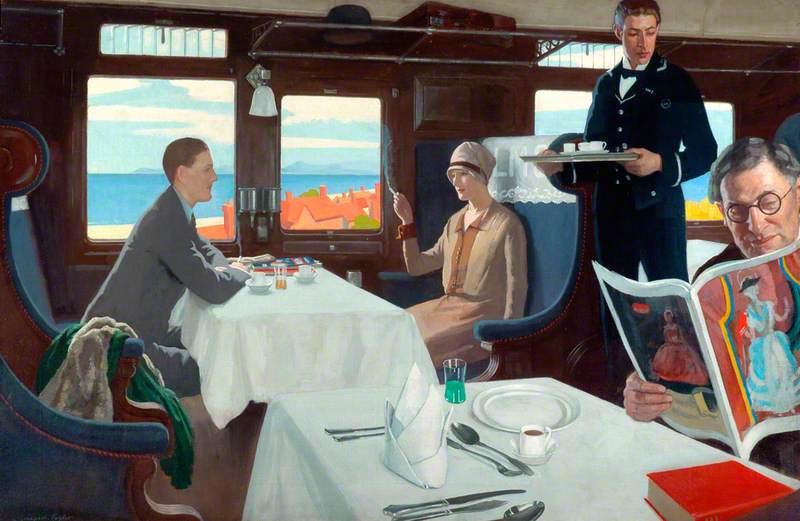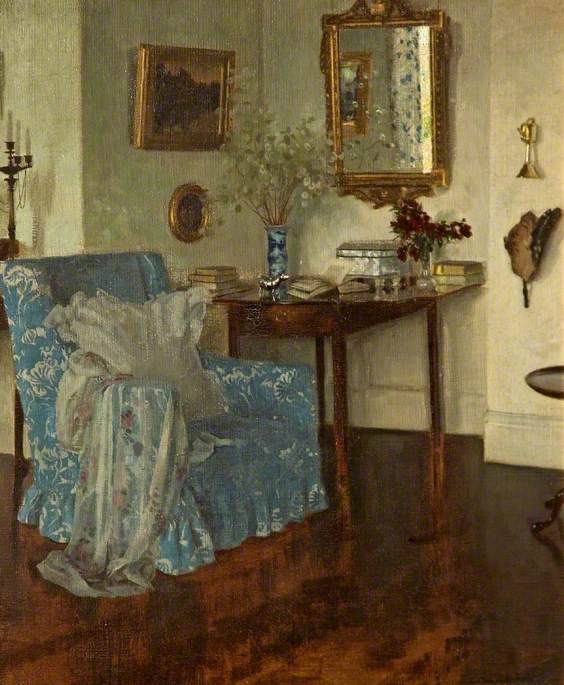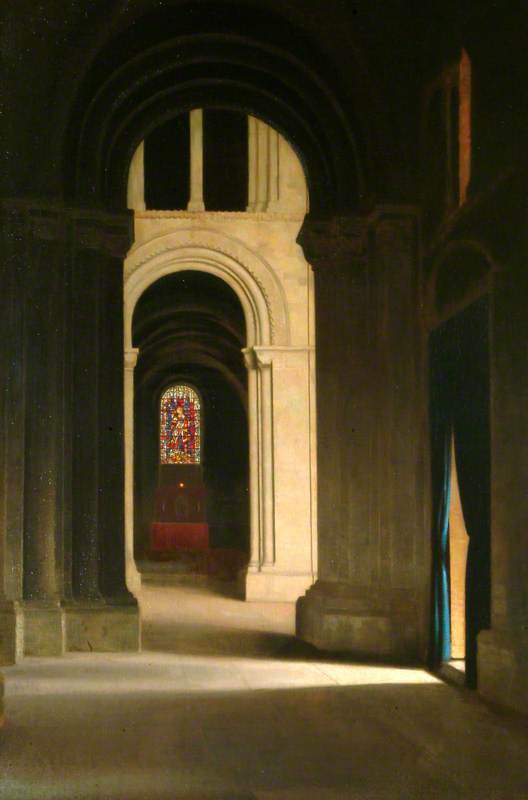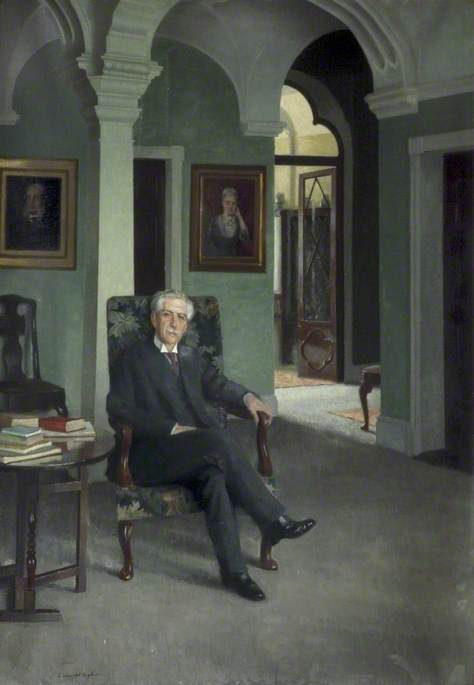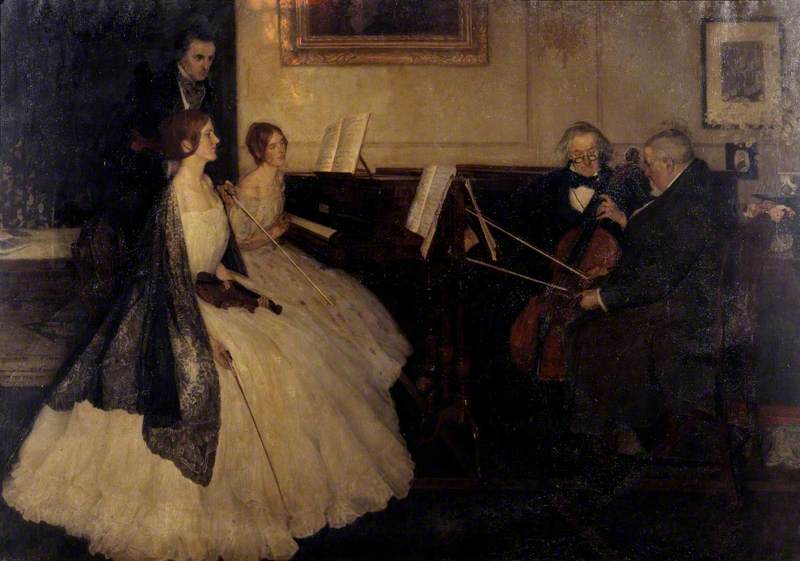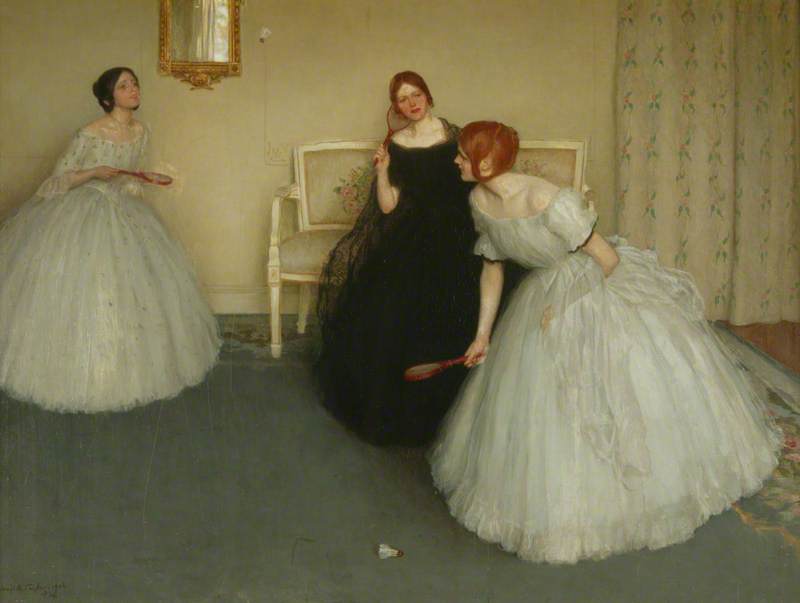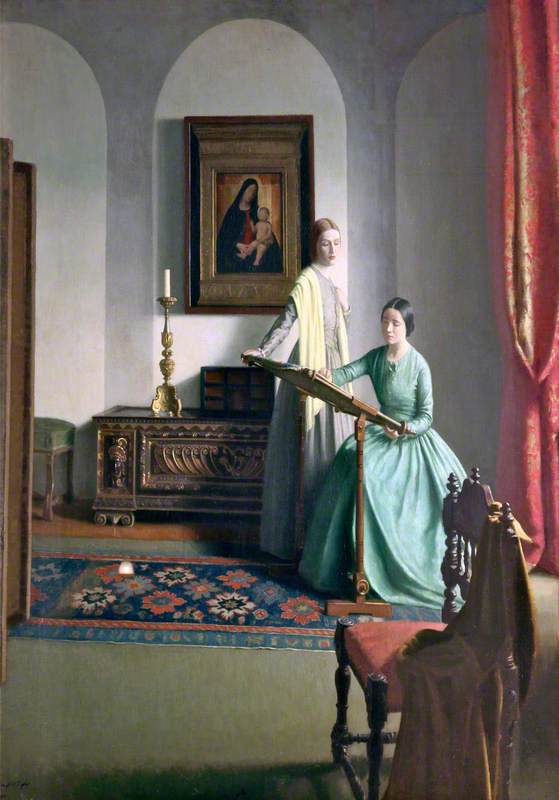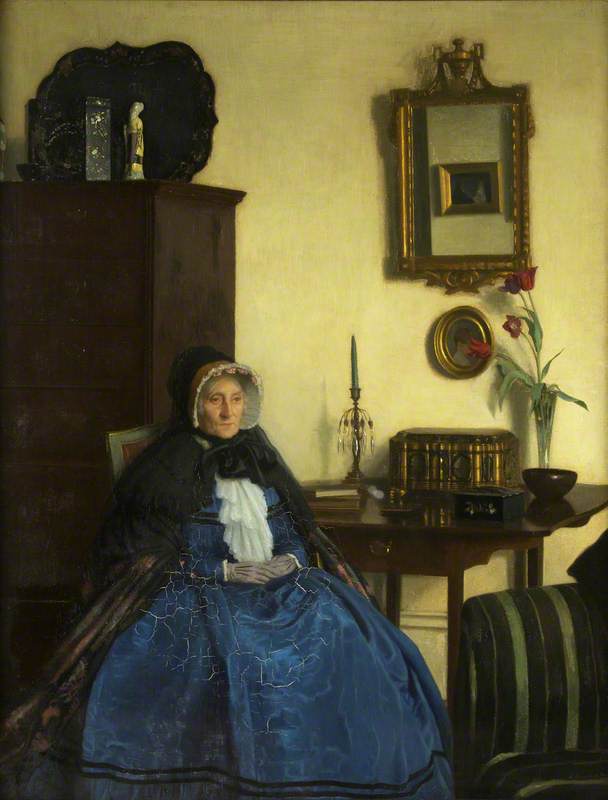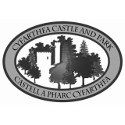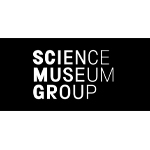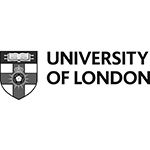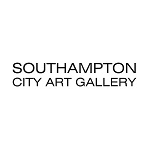Leonard Campbell Taylor [also known as L. Campbell Taylor and as Campbell Taylor] was born in Oxford, England on 12 December 1874 and studied at the Ruskin School of Drawing in Oxford; the St John’s Wood School of Art in London; and from 1905, at the Royal Academy Schools in London.
He was principally worked as a painter. He also designed posters and produced illustrations for several popular periodicals including ‘The Windsor Magazine’ and ‘The English Illustrated Magazine’.
Taylor began exhibiting at the Royal Academy in London in 1899 and continued to do so virtually every year until 1963. He also exhibited at the Beaux Arts Gallery, Barbican House, Colnaghi & Co. Galleries, Royal Institute of Painters in Water Colours, Royal Institute of Oil Painters, New Gallery, Leicester Galleries, and Goupil Gallery in London; Royal Glasgow Institute of the Fine Arts; Royal Birmingham Society of Artists; Walker Art Gallery in Liverpool; Manchester City Art Gallery; the Royal Hibernian Academy in Dublin, Ireland; and at the Royal Scottish Academy in Edinburgh.
Among his commission was a portrait of H. M. Queen Mary (exhibited at the Royal Academy 1929), and the Coronation of George VI (exhibited at the Royal Academy, 1938)
He was elected a member of the Royal Institute of Oil Painter (ROI), an Associate of the Royal Academy (ARA) in 1923, and a Royal Academician (RA) in 1931.
His painting "The Rehearsal" was purchased by the Chantry Bequest in 1907
Taylor's address was given as 61 Broadhurst Gardens, London in 1899 and 1904; The Three Gables, Hindhead, Surrey in 1905 and 1908; Btomshott, Ewhurst, Guildford, Surrey in 1909 and 1920; Odiham, Basingstoke, Hampshire [now London] in 1921 and 1924; 49 Cambridge Street, London in 1925; 63 Belsize Park Gardens, London in 1926 and 1931; 1 Wynchcombe Studios, England's Lane, London in 1932 and 1939; Crendon, Peaslake, Surrey in 1940; Copse Hill Cottage, Ewhurst, Surrey in 1942 and 1947; Eastgate Hill, Felsham, Bury St. Edmunds, Suffolk in 1949 and 1956; 92 Whiting Street, Bury St. Edmunds, Suffolk in 1957 and 1958; and Pampisford Mill, Cambridge, Cambridgeshire in 1959 and 1963. He died on 1 July 1969.
Text source: Art History Research net (AHR net)
